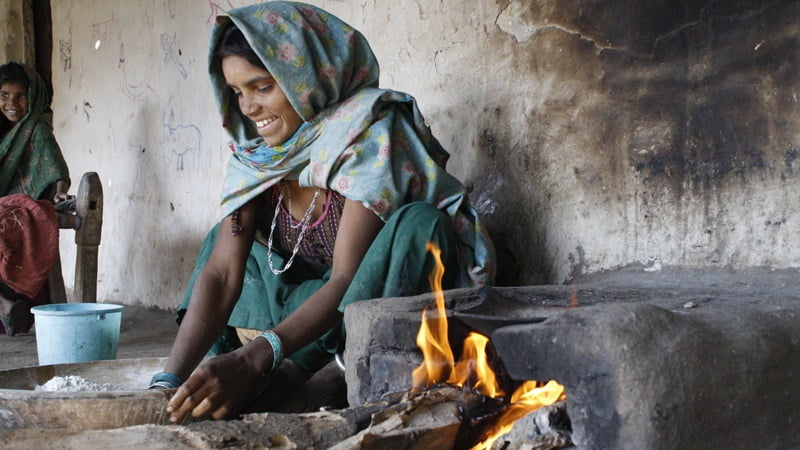Contributing to air pollution
For years, the global development community has struggled over the problem of dirty burning cookstoves. These are typically rudimentary stoves that burn wood or other biomass — and in the process emit harmful smoke indoors. Nearly three billion people around the world cook their meals this way, leading to environmental damage and illness. Indoor air pollution attributed to dirty burning cookstoves kills millions of people each year.
Consumers aren’t choosing improved cookstoves
The solution to the problem of dirty stoves should be straightforward — just replace those that emit harmful pollutants with cleaner burning, improved cookstoves. Indeed, there are a great variety of efficient and clean cookstoves available today. But so far, these improved stoves are not being used at anywhere near a scale commensurate with the problem. The solution might exist, but consumers are often not choosing to implement it.
My guest today, Subhrendu Pattanayak, sought to learn why people who would benefit the most from improved cookstoves are not using them. He is the Oak Professor of Environmental and Energy Policy at Duke University’s Sanford School of Public Policy and co-lead of the Sustainable Energy Transitions Initiative. In 2019, he published the results of a five year study with co-author Marc Jeuland of communities in rural India that offers some key insights into the barriers of increasing demand for cleaner burning cookstoves. We discuss these findings at length in our conversation.
Download the podcast to listen later –>
